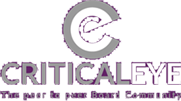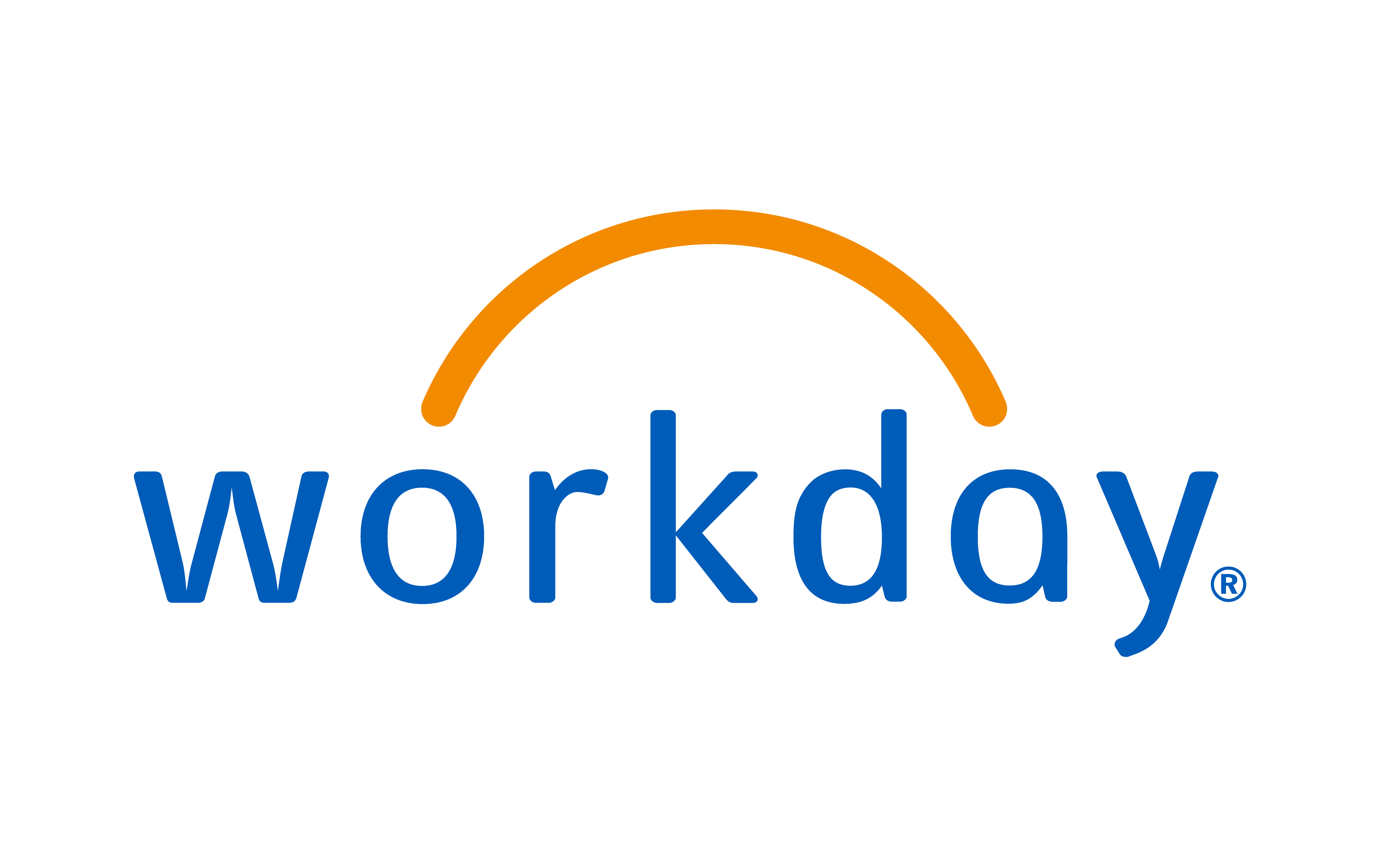
The most seasoned executives can struggle when it comes to influencing decision-making in the Boardroom. To succeed, relationships and business cases need to be built over the longer term, but there are still some on-the-day tactics that can make a difference too.
Alastair Lyons, Chair of businesses including Glas Cymru and Harworth Group, as well as a Criticaleye Board Mentor, says: “You’ve got to give the Board time to understand and buy into your proposal before actually seeking a decision from them. Don’t do all that work in the background and then put a 300-page document with conclusions on the Board table and say: ‘That’s the way we want to go, do you agree? Yes or no?’”
Instead, he advocates breaking the prep work down into chunks, such as by sharing a high-level “trailblazer” that sets out the opportunities and challenges. “It should include the context, market, competition and risks, without conclusions or commitments – just enabling them to think as you are thinking and see that you’ve thought through the issues,” he says.
Discussing this high-level proposal at a Board meeting will give those who have concerns the opportunity to raise them. You can then take the conversation offline, with anyone who might find this helpful, and go through aspects in more detail, including how you will address the risks.
“Then you’re onto the second phase, which can be a more detailed decision,” Alastair says. “At that point, you can present the deep financial analysis, the business case in its full glory and mitigating strategies to deal with the what-ifs.”
Leslie Van de Walle, Chair of Euromoney Institutional Investor and a Criticaleye Board Mentor, agrees that it’s about playing the long game. “It’s a continuous process,” he says. “For me the best way to influence the Board is to keep them abreast of what you’re thinking and what is happening.”
He says this is done well at DCC, the international sales, marketing and support services group, where he serves as Senior Independent Director. The business frequently makes acquisitions and keeps the Board informed of the pipeline from very early on. “When a candidate becomes more active, they do a pre-acquisition briefing to the Board, so we understand who the candidate is, what makes them a good prospect and why we would be interested in bidding. Therefore, when the final recommendation to acquire the company comes in, we have been led into the process from origination to the final negotiations and due diligence,” Leslie says.
While you want to bring the Board with you and draw on their experience, it’s important for the Executive Team to present their views and own the strategy. Paul McNamara, CEO of technology business EValue, explains: “There needs to be a balance struck between open discussions, which the Board can take in any direction, versus guided discussions, where the input, drive and energy come from the CEO or the management team,” he says.
It’s not just the process and content of your proposal that matter either. Alastair finds an adept presenter helps win the Board’s confidence too. “A lot of presentations are supported by slides, and so your audience is having to do three things at the same time: they’re having to read, listen to you and think about what you’re saying. So, don‘t go too fast, and check that your audience is still with you,” he advises.
Voices beyond the CEO
More often than not, it will be the CEO who is leading these discussions. But involving other senior executives, such as the CFO or Chief Risk Officer, can also add weight to your case. Paul explains: “Bringing in the Risk Officer provides a different view; it allows for a more thorough discussion of risk that is independent of the Chief Executive. That’s a very powerful way for the Board to build up its broader understanding of the organisation and to gain comfort. It also allows the Board to cross-calibrate what they hear against the strategy and current performance.”
Similarly, Paul finds the “slightly more cautious and challenging” approach of a CFO can be helpful when it comes to reviewing return on investment, managing risk and ensuring everything has been thought through robustly. “A good CFO can be incredibly helpful to the Board and to the Chief Exec, by being more detached in their critique of what’s going on,” he says.
Executives who don’t sit on the Board won’t have had as much time to build their credibility, so, when putting forward a proposal, it is crucial they demonstrate an understanding of the wider-business context. Will Smith, VP of Real Estate, Facilities and Market Development at Asda, provides input into various Boards and Committees, including Asda’s Executive Board and upwards into Walmart. “The Board are looking for an awareness and understanding of the broader business operations and strategic requirements,” he says.
“You need an holistic approach, demonstrating collaboration with colleagues across the organisation and you must have the customer at the heart of everything you do. Alongside the operations needed for tomorrow, ask yourselves: ‘Where do we think the customer will be in 5-10 years’ time and beyond?’”
Whatever your role and whoever you are, personal integrity is everything. Phillippa Crookes, Senior Relationship Manager at Criticaleye, says: “You must have a strong track record, so that you are able to influence the Board from a position of trust and credibility.
“That comes from managing your business well on a day-to-day basis, being open about the challenges you face and demonstrating a willingness to draw on the experience and insight of others – then the Board will see you as a professional.”
Emma Carroll, Senior Editor, Criticaleye
Next week’s Community Update will explore the headline findings of Criticaleye’s HRD Research 2019.


























 (002).png)